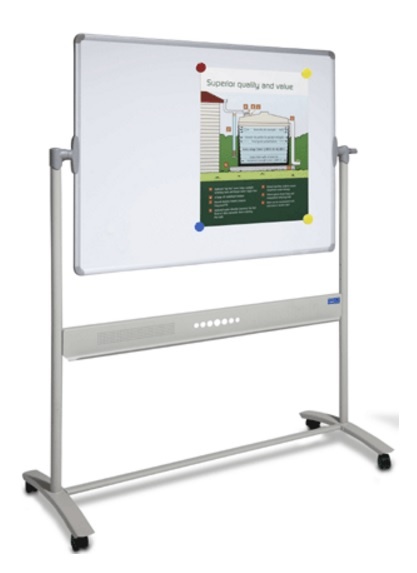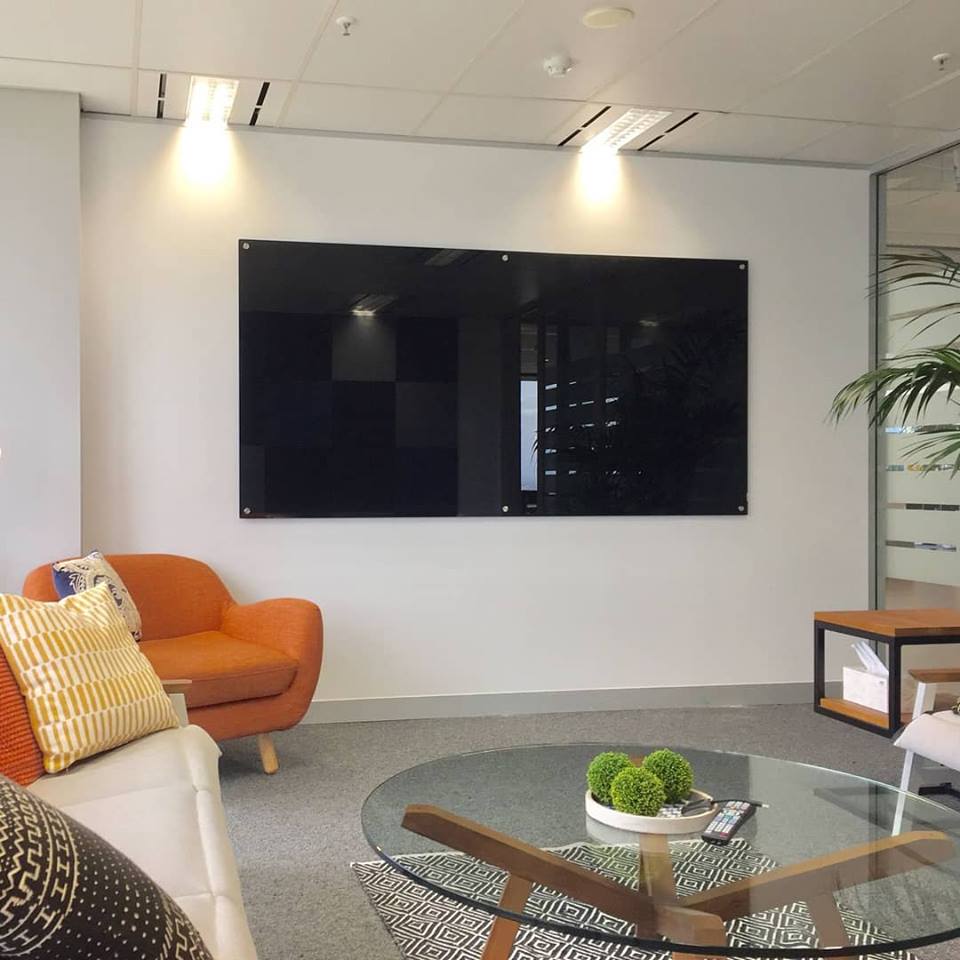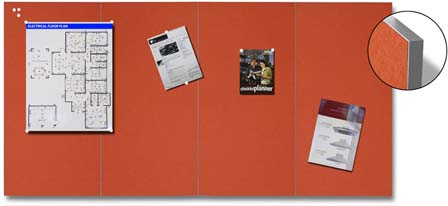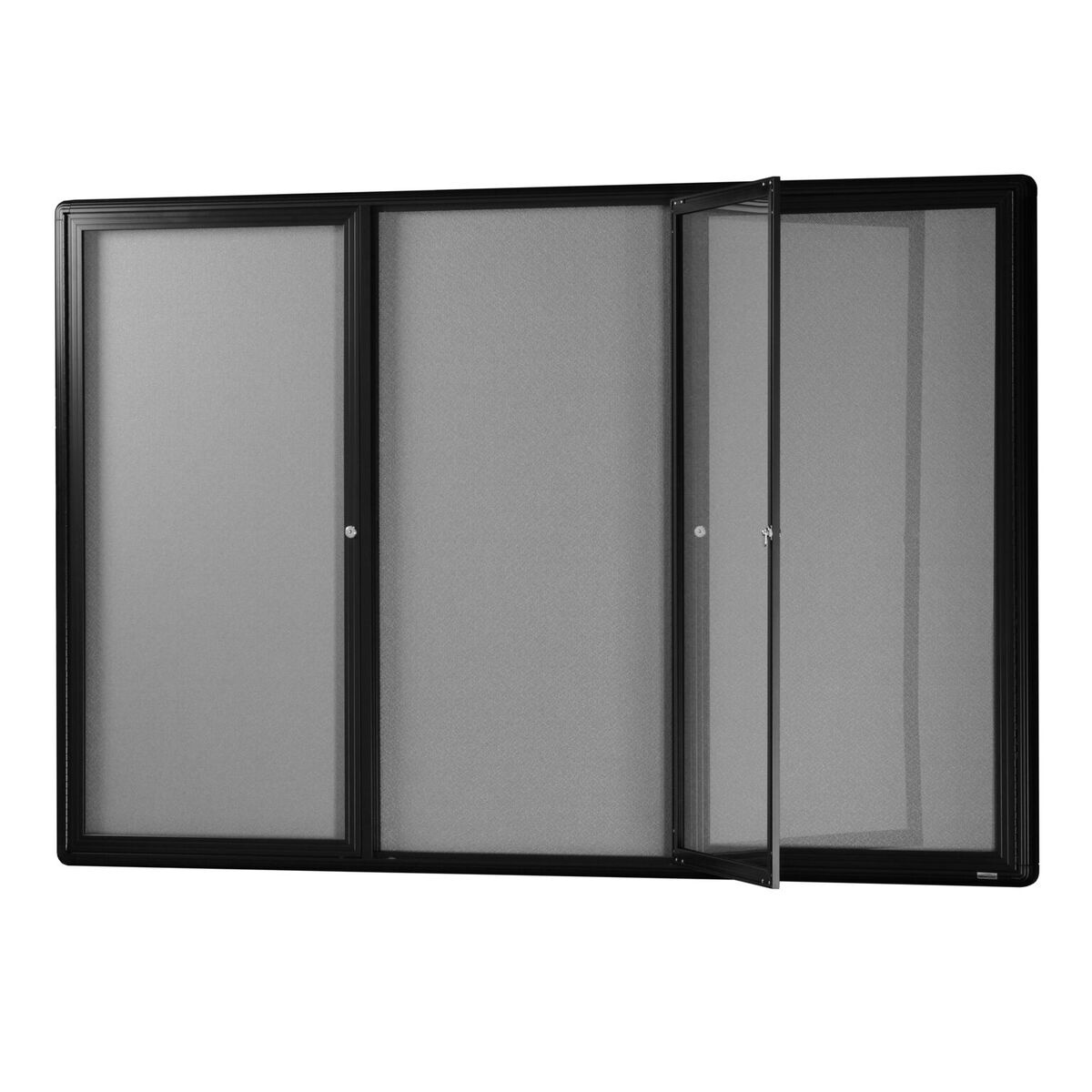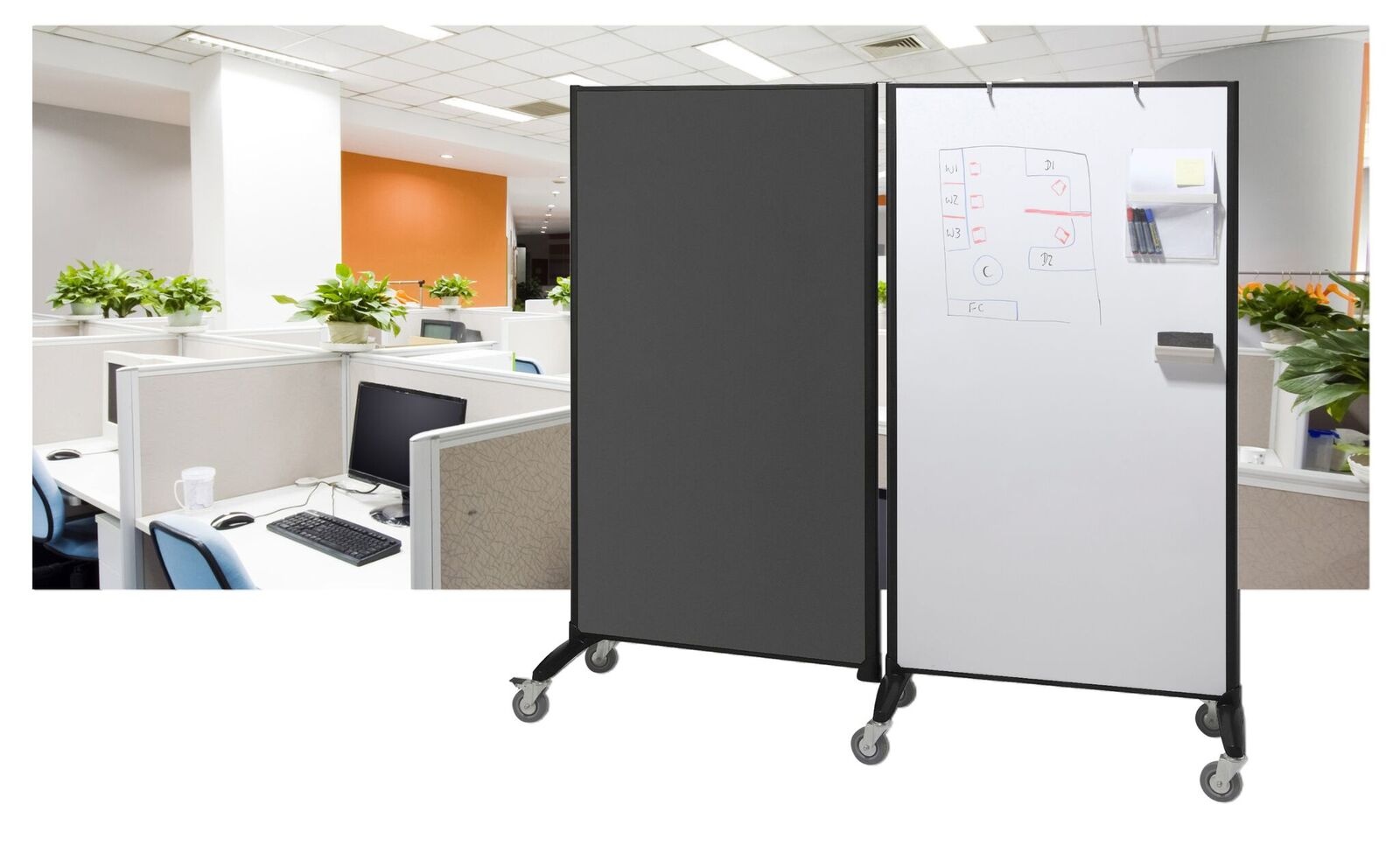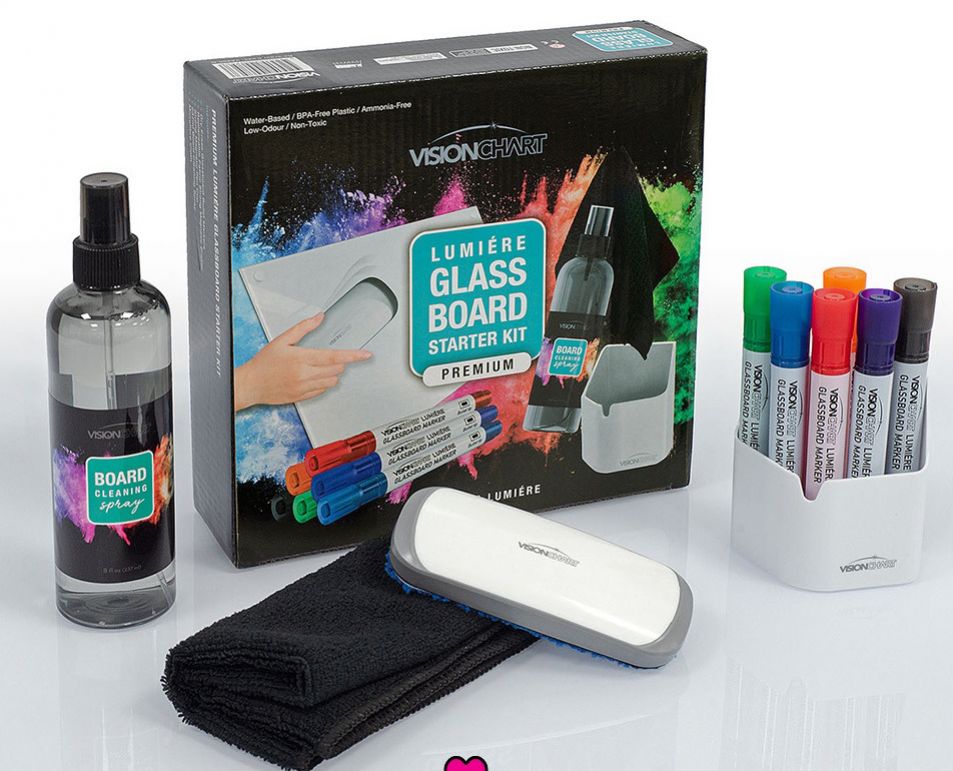Mobile whiteboards are among the central pieces of equipment in a flexible office. Read how a mobile whiteboard can increase productivity and efficiency.
Mobile whiteboards and the flexible office
Flexible offices - you’ve probably heard the term, or one pretty similar: co-working space, hot-desking office, flexi-space, and so on...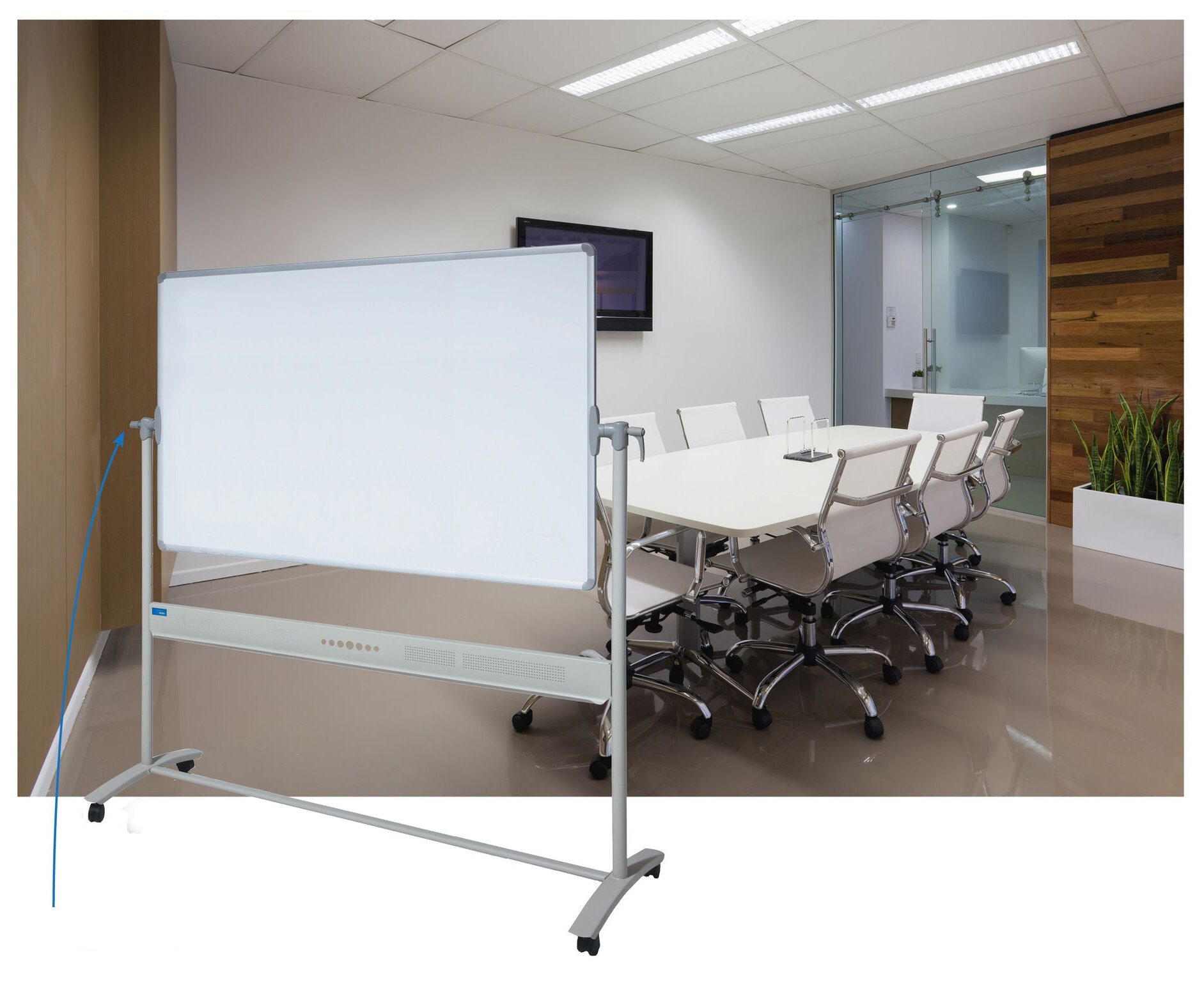
It’s a thriving trend, with a penetration into the world’s workspaces growing at nearly 30% every year for the past 5 years. But what exactly is a “flexible office”? How did the trend originate? And how does the humble mobile whiteboard play such an integral role?
Let’s start by saying that any office can be “flexible” - it’s all about helping your team work more efficiently together. Any company might benefit enormously from the collaboration and efficiency that a flexible office space brings.
We'll dig into the details later, but what a flexible office basically means is setting up your team's environment to enable rapid ad-hoc collaboration with zero barriers.
Why’s this so important? Because super-efficient teams know that they need to get together to discuss and make rapid decisions many times every day, and often at short notice.
This shouldn't sound scary. Most of the time, your team will be working happily on their top-priority tasks, but when their colleagues are blocked on something, or need collective input to choose a solution, the team will happily come together rapidly for a short focused discussion before returning to their individual tasks.
Is this disruptive? Frankly, no. By far the most disruptive things for a team are unnecessary scheduled meetings: they always run for an hour and use a fraction of the talent present.
Rapid ad-hoc meetings, on the other hand, mean that only those who need to contribute will attend. And the meetings, being informal and focused, only last as long as they need to. This is what efficiency looks like.
How did the flexible office trend come about?
Smart companies know their workspaces are business tools. Used correctly, they boost efficiency and profitability. This, however, means nothing if the staff aren’t happy and productive in their environment. There have been many schools of and trends in office set-ups offering obvious benefits … and also significant drawbacks.
How the open office movement has changed and evolved
Surprisingly, the open office movement dates back nearly 90 years when architect Frank Lloyd Wright designed the Johnson Wax Headquarters. His aim was to provide light and space to employees. Open plan offices have evolved a lot since then and they still offer many benefits. They:
● Foster collaboration, open communication and creativity
● Provide more space for employees to move and breathe
● Socially connect you to other employees and work environments.
That’s all great, but an open office can be distracting for some and doesn’t offer the privacy people often need before they can lose themselves in their work.
This issue was addressed by the office cubicle, originally designed in the 1960s by Herman Miller (who launched the Herman Miller Research Corporation to solve furniture issues). The classic office cubicle went some way to addressing the open office’s shortcomings, but also made employees feel secluded and gave little scope for social interaction anywhere in the workplace.
Several decades later and the standard 9-5 job is fading away. Staff often work flex hours or remotely. It means they aren’t in the office at standardised and predictable times, so providing a set seating/desk arrangement is often a waste of valuable space.
With so many chairs vacant at strange and seemingly random times, companies soon realised the way they were allocating space could change for the better. This is where the flexible office was born. All they had to do to turn a workroom into a meeting room was bring in a room partition and a mobile whiteboard. Boom! Instant meeting space. These sorts of insights, changed the ideal of “offices” away from territories that the staff would seek and defend into endlessly fluid spaces where change was welcomed and hierarchy went out the window.
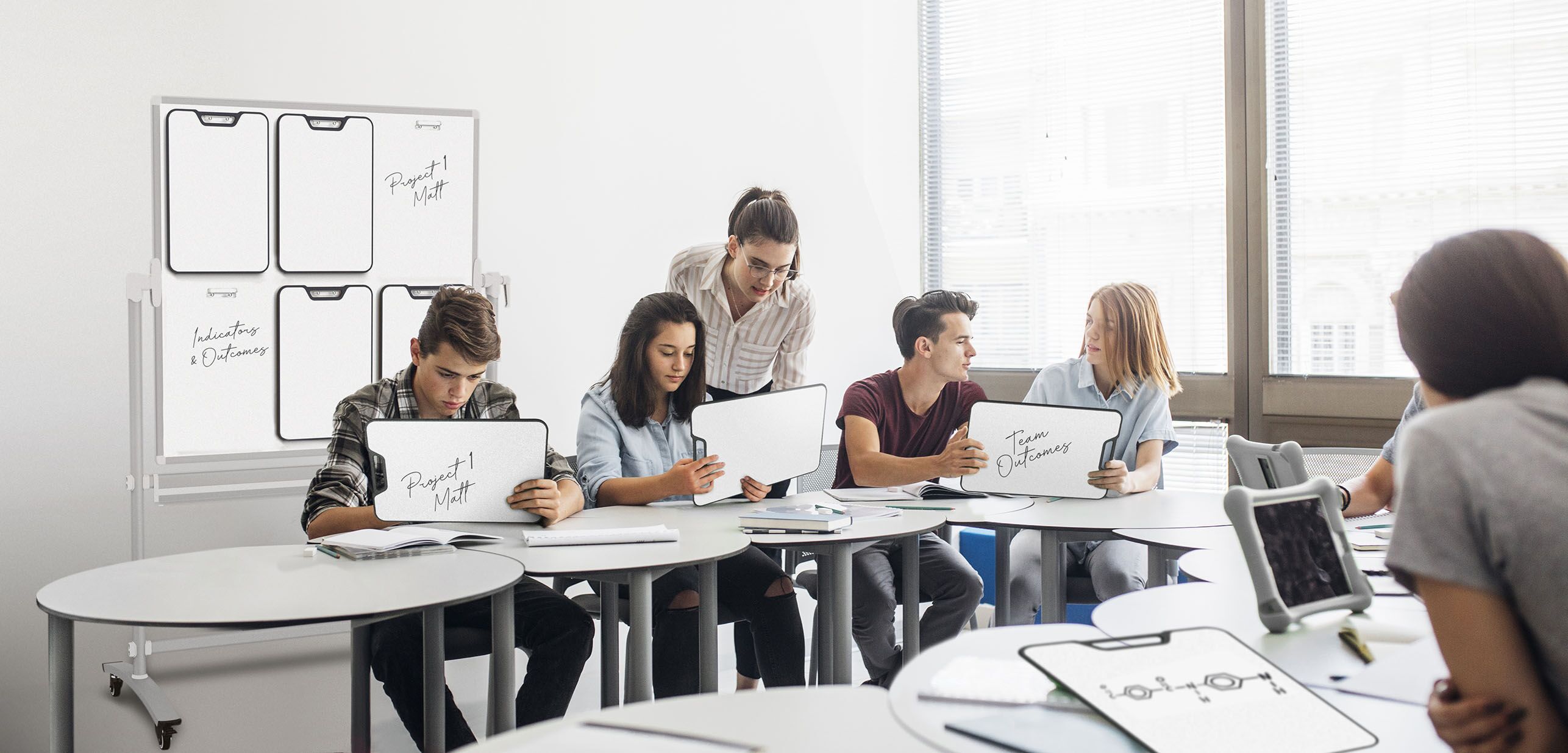 How to create a flexible office
How to create a flexible office
It soon became clear that flexible offices provided greater satisfaction for the kinds of employees who thrived in the new “digital” economy. With this new way of working also came lower demand for meeting rooms, increased individual productivity and greater shared ownership of workplace solutions.
So, how do you go about creating a flexible workspace?
Ask your team
When it comes to urban planning, architects have learned to observe “desire paths”, the unofficial shortcuts that humans create rather than the traditional walkways laid out for them. Desire paths demonstrate efficient human movement. Michigan University even watched where staff and students chose to tread before adding paving outside the campus.
In the same way, watch where your team moves around your office and where they like to congregate, and learn from what you see. People don't want to work where they’re constantly distracted by chatter, so discussions tend to happen a little distance away from desks, but near enough to be convenient.
If you observe that there’s a space where people feel comfortable talking, try moving a whiteboard there, and you'll see the space becoming a virtual meeting room.
The difference between having to arrange a formal meeting room and just getting a few interested colleagues together for a 5-minute chat - aka, a micro-meeting - is enormous. Meetings become efficient and actually fun: as soon as a decision is reached, the impromptu gathering breaks up, with everyone happy to have helped decide on the solution without losing a whole hour to a formal meeting.
Some employees get value from discussing their work frequently throughout the day: so let them define their own meeting space next to their desks.
Other employees often want to walk away from their desks a little to get into a different mental space: so let them decide where they are happiest.
You can even ask "can we do all this online?". There are so many online meeting and collaboration tools around. Nevertheless, the real truth is that these tools just don't work as well as getting people together for a face-to-face chat in front of a mobile whiteboard.
Even the most tech-devoted companies realise that if they want the best shared solution, they need to get people face to face to thrash things out visually where everyone is involved.
Using the most flexible equipment
So, now that you’ve decided to try a flexible office layout, you need to provide the right moveable fixtures and fittings to alter your space as needed.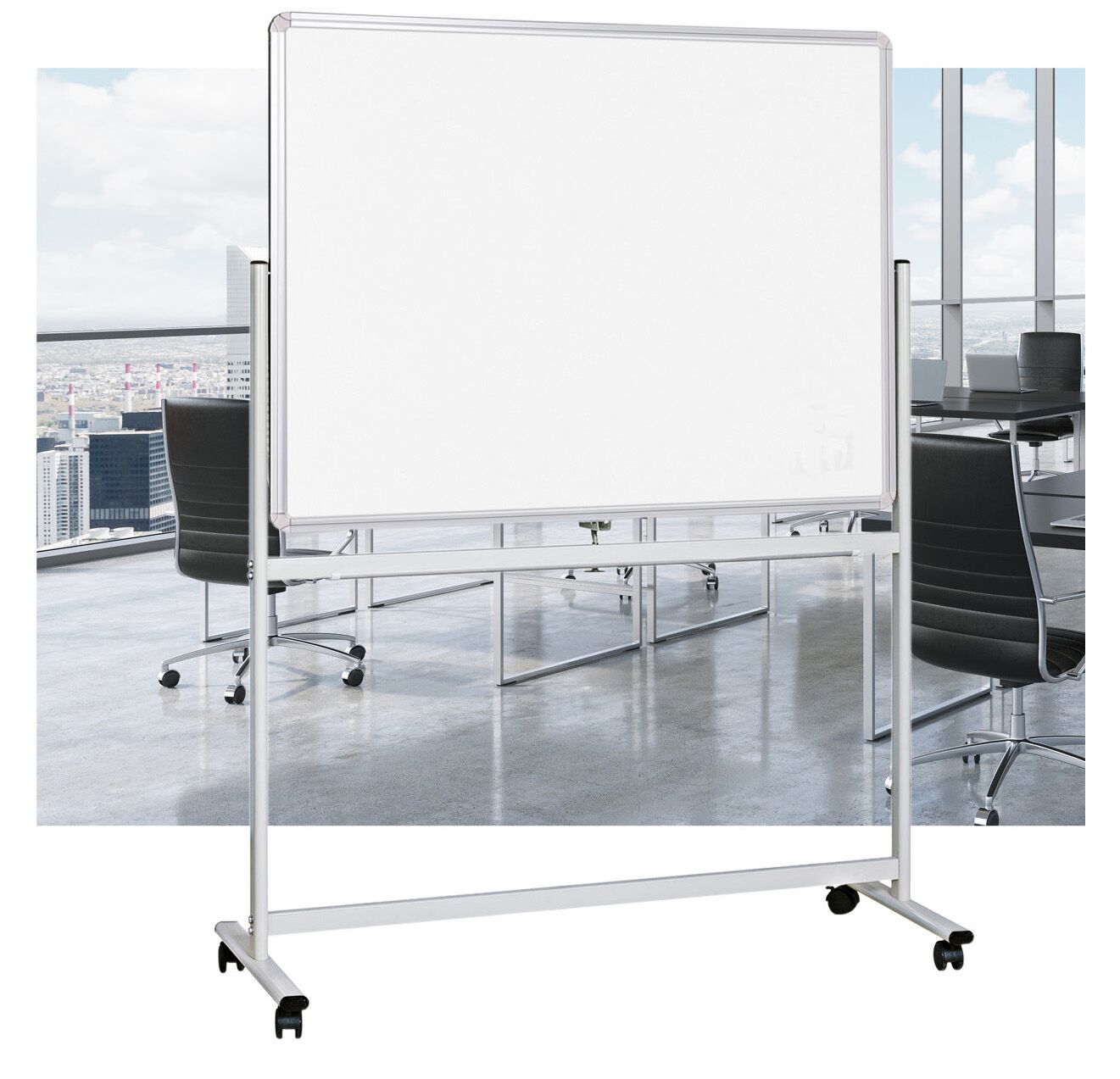
The most efficient workers will want to reconfigure their workspaces to enable the highest productivity - this might mean adjustable desks and moveable partitions - so support your team. You have to trust them too. True high performers know what they want and what’ll work best for them. In a flexible workspace, one size does not fit all!
Some people will want to work at the same desk with the same colleague every day. It costs nothing to set up an extra keyboard and mouse, so team members can 'pair' on their work. This is a great example of where management can benefit everyone by also having a flexible attitude.
If two people are working together on something, they’re producing twice the quality, not half the work. It might seem unconventional, but there is power in recognising this - it pays off, every time.
And one thing your top performers WILL want, without question, is whiteboard space EVERYWHERE. Luckily there's an easy way to achieve this: the mobile whiteboard.
Mobile whiteboards - the essential tool of the micro-meeting
We’ve already mentioned micro-meetings: small teams collaborating in sprints to reach action points as quickly as possible. These are crucial in the agility increasingly required of the world of work - and they don’t happen as much in an office layout that doesn’t encourage them. Flexibility quite simply unlocks potential.
Get it right and maximum productivity will created when high-performing employees understand the value of having ad-hoc, shared spaces available at a moment's notice. They’ll soon begin to use them to brainstorm and get instant stress-tests of new concepts. This is the stuff of the micro-meeting.
See, micro-meetings are all about communicating ideas quickly, and that can't be done with half a dozen people crowded around a monitor. To express ideas quickly and develop them collaboratively, you really need a mobile whiteboard.
Yes, whiteboards might seem 'old tech', but there's nothing better for expressing big ideas in an instant. And the interface is unbeatably simple: pen in hand and … GO!
The key point is that flexibility is about speed of thought, where anyone can contribute, and there's nothing more democratic than a big whiteboard and a bunch of whiteboard markers.
There's a saying that you haven't really understood your idea unless you can draw it - the very act of sketching a concept out makes it come to life.
The ease with which anyone can pick up a pen and add an improvement means that the whole team will be owning the solution together. The outcome will be a better, more collaborative solution that everyone supports.
All this while the competitors with non-flexible workspaces are trying to book in a time in their meeting rooms!
Pro tip: Label one corner of your mobile whiteboard with your team name in permanent marker. Whiteboards are often hot property and have a habit of taking a walk into other team spaces!
Get in touch today! Great service, great prices and Australia-wide delivery to your door. Call us today on 1800 654 917 or send an email to info@justboards.com.au
